Popular searches
Categories
Learn & Achieve
Collaborate & Lead
Deliver Value
Make Better Decisions
Industry Knowledge
Live Well
Sub categories
Learn & grow
Set & reach goals
Be more productive
Manage projects
Behavioural economics
Collaborate & influence
Models

 0 saved
0 saved
 15.7K views
15.7K views
(2)
Share this with your network








Share this with your network




Overview
"If you do not change direction, you may end up where you are heading." – Lao Tzu.
Change today is unavoidable. Even before Covid, digital disruption was transforming businesses and changing the way we worked — Covid only accelerated and deepened it.
Often considered the bastion of specialists, today Change Management needs to be part of any leaders toolkit and often must be incorporated into other roles. A warning though, this won't be your standard list of Change Management frameworks, instead, we'll draw broadly to help you creatively and effectively lead change.
This Playbook includes the following sections, select a heading to jump to that section.
UNDERSTAND DISRUPTED PEOPLE
Leading change is all about leading people, and that means you're going to have to understand people's attitude to change.
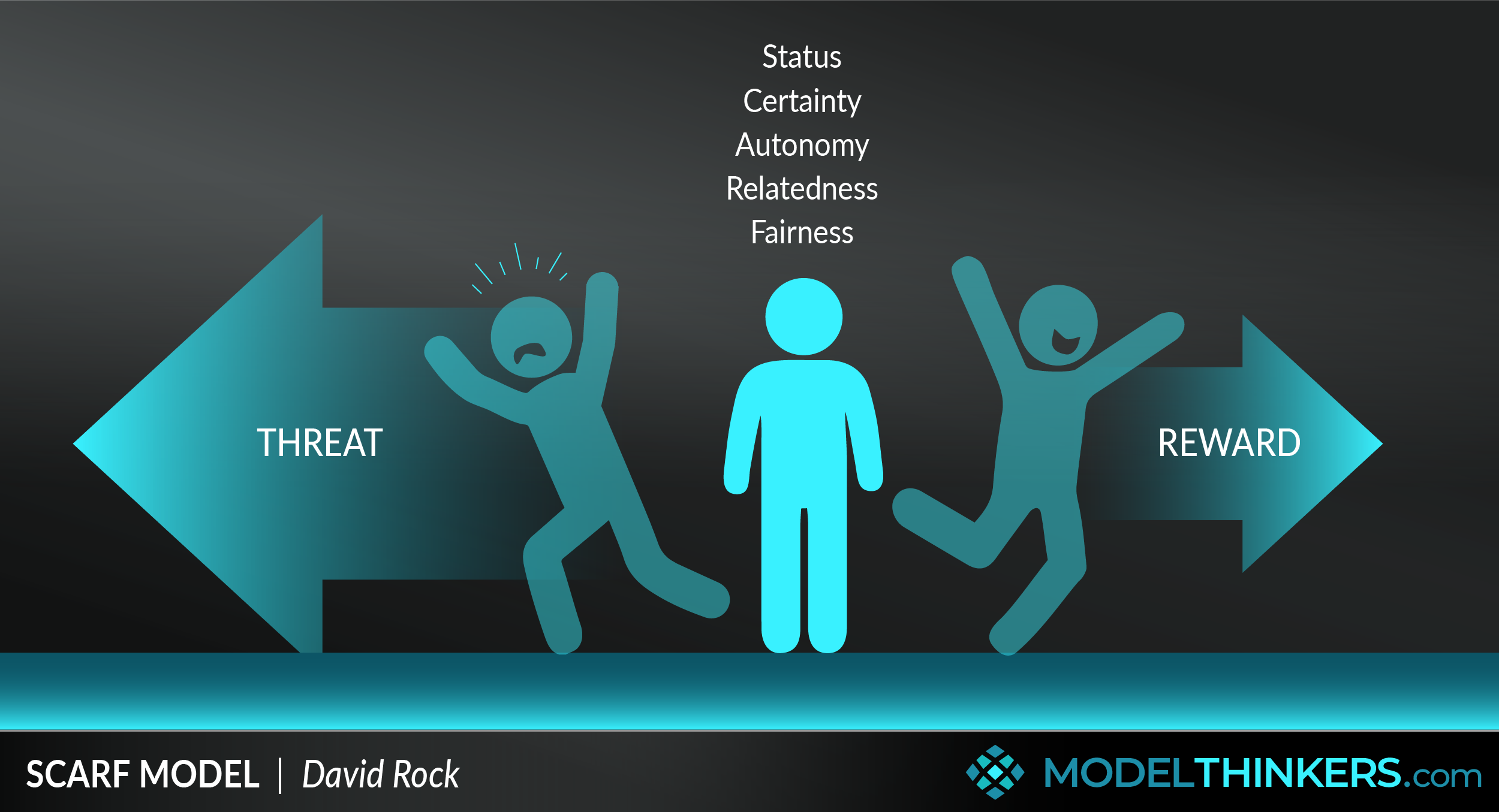
People who are facing into change will inevitably be scared. Maybe consider the SCARF Model to explore how to connect and influence people, even when they're worried.
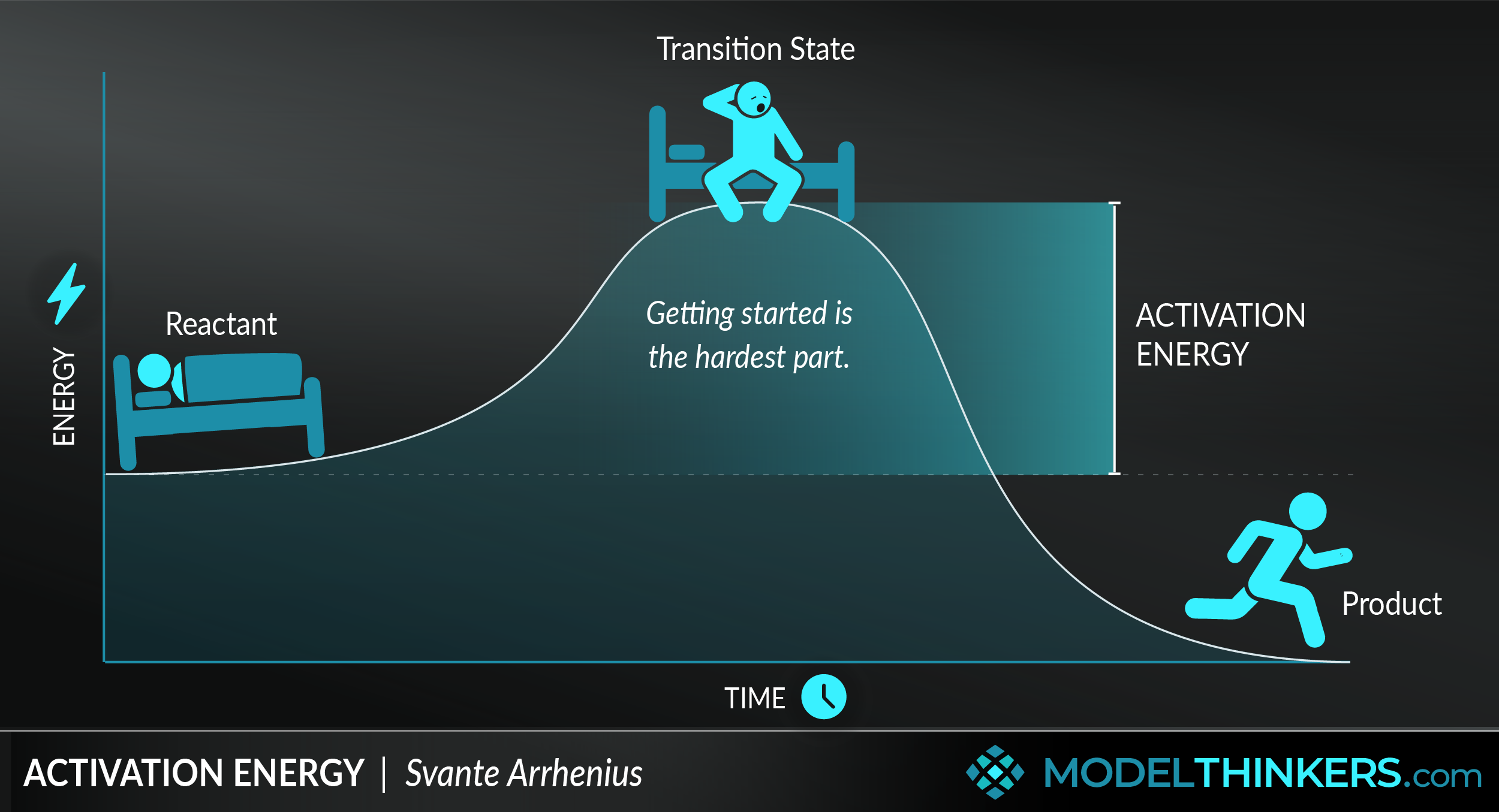
The fact is, it's hard to get started! Click into this model to discover strategies to overcome Activation Energy.
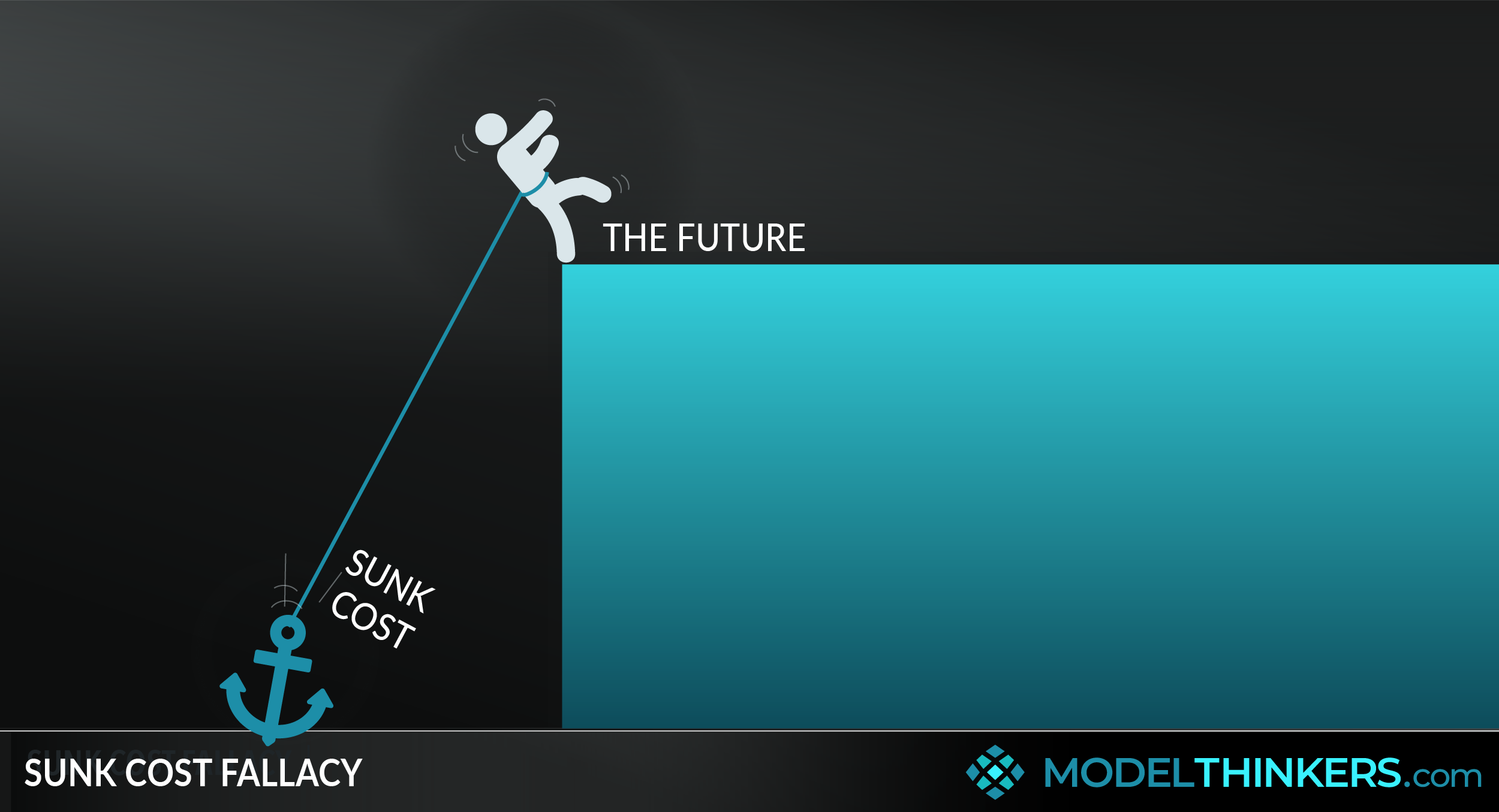

People won't start or make decisions from scratch — they'll base future decisions based on past investments. Click into this model to understand how to challenge the Sunk Cost Fallacy.
EFFECTIVE CHANGE MESSAGING.
Much of effective Change Management will be about powerful messaging. Use these models to help.
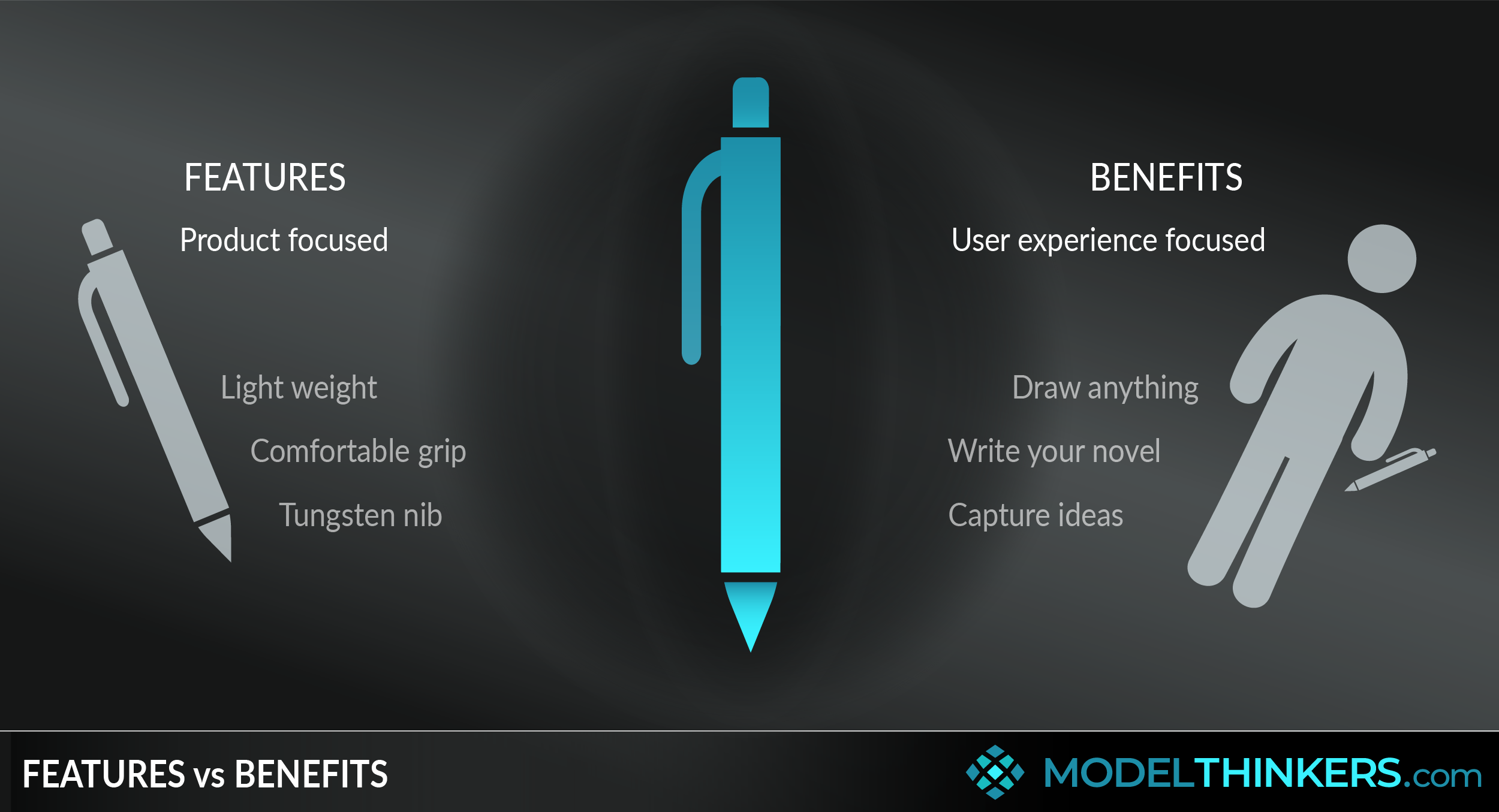

Take a page out of sales and marketing and stop describing the change, describe the payoff.
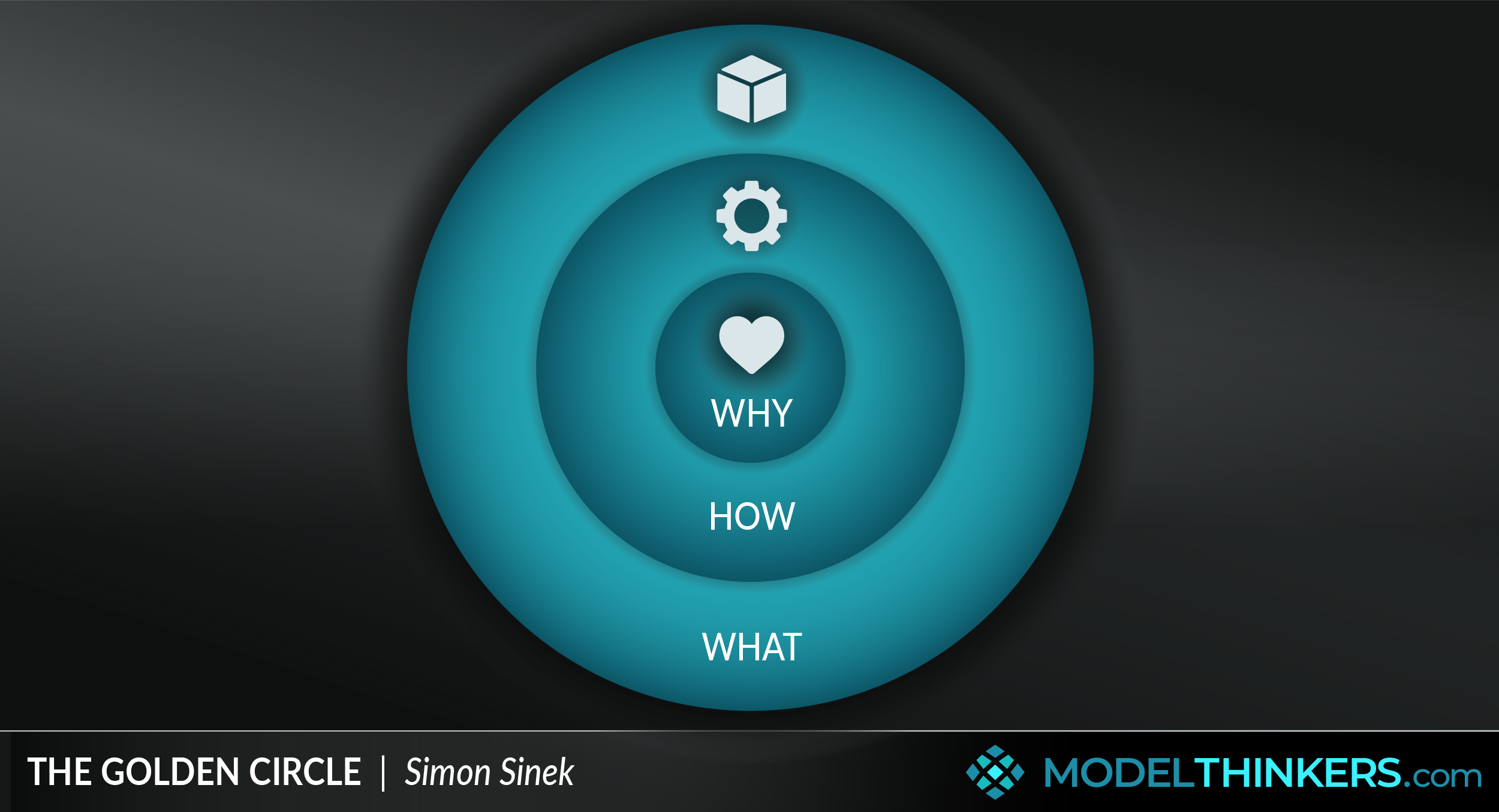
In your messaging, consider focusing on the why or purpose that you share. The rest can change, but those values need to be at the core of any transformation.
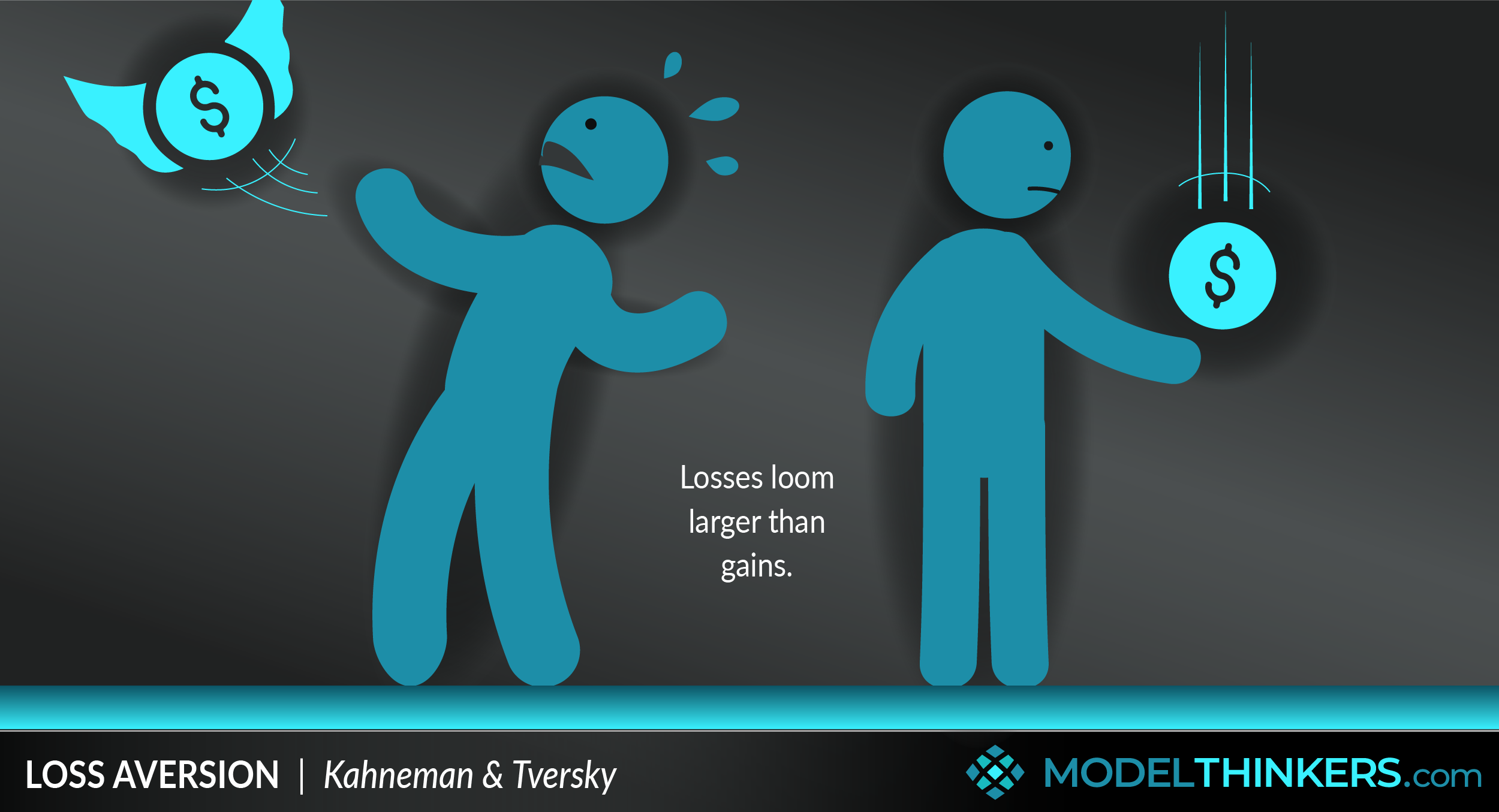

People fear losses more than they value gains. Accept that fact before you start pitching your change.
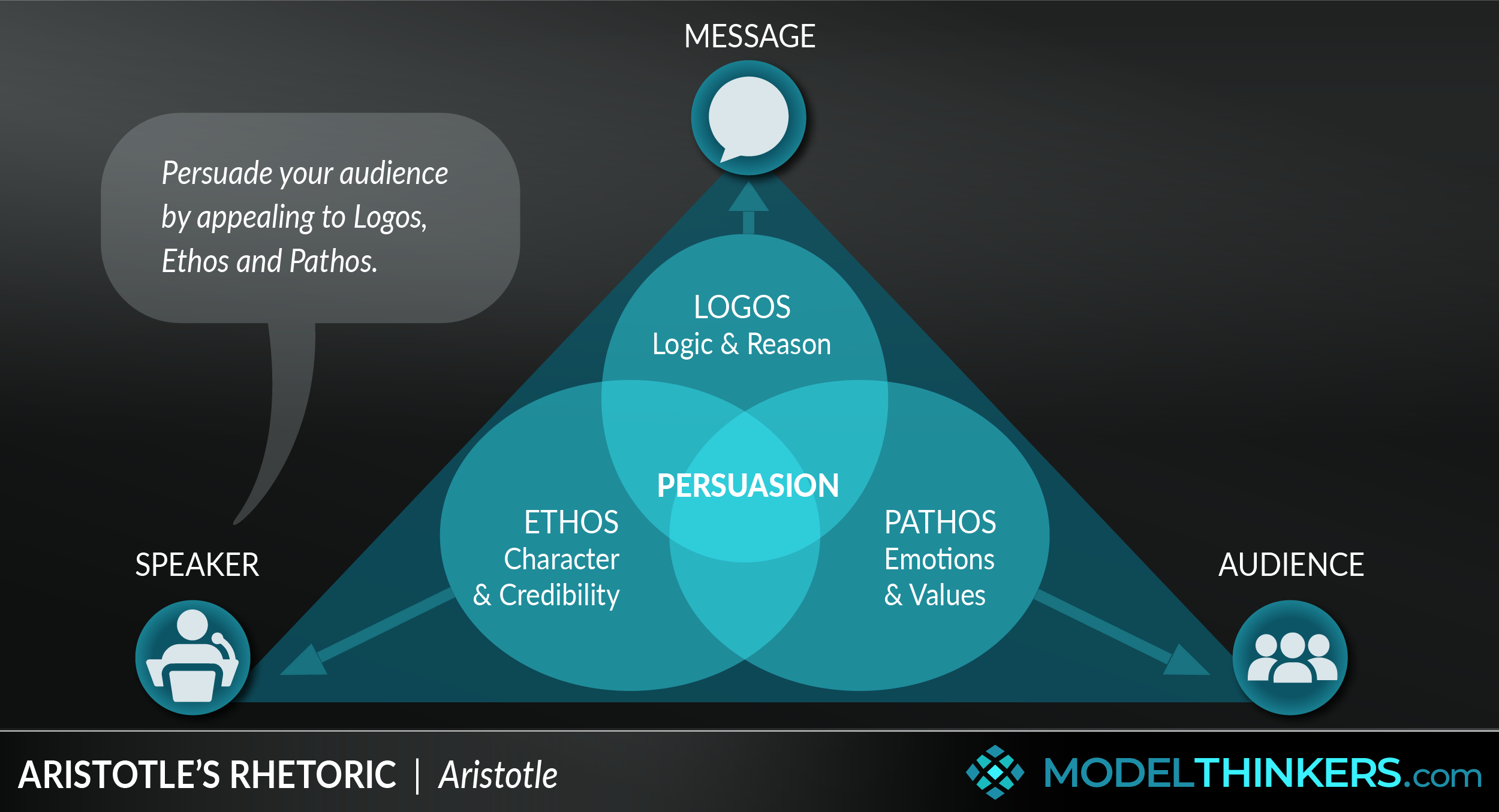

Leverage these timeless lessons from Aristotle to communicate with influence.
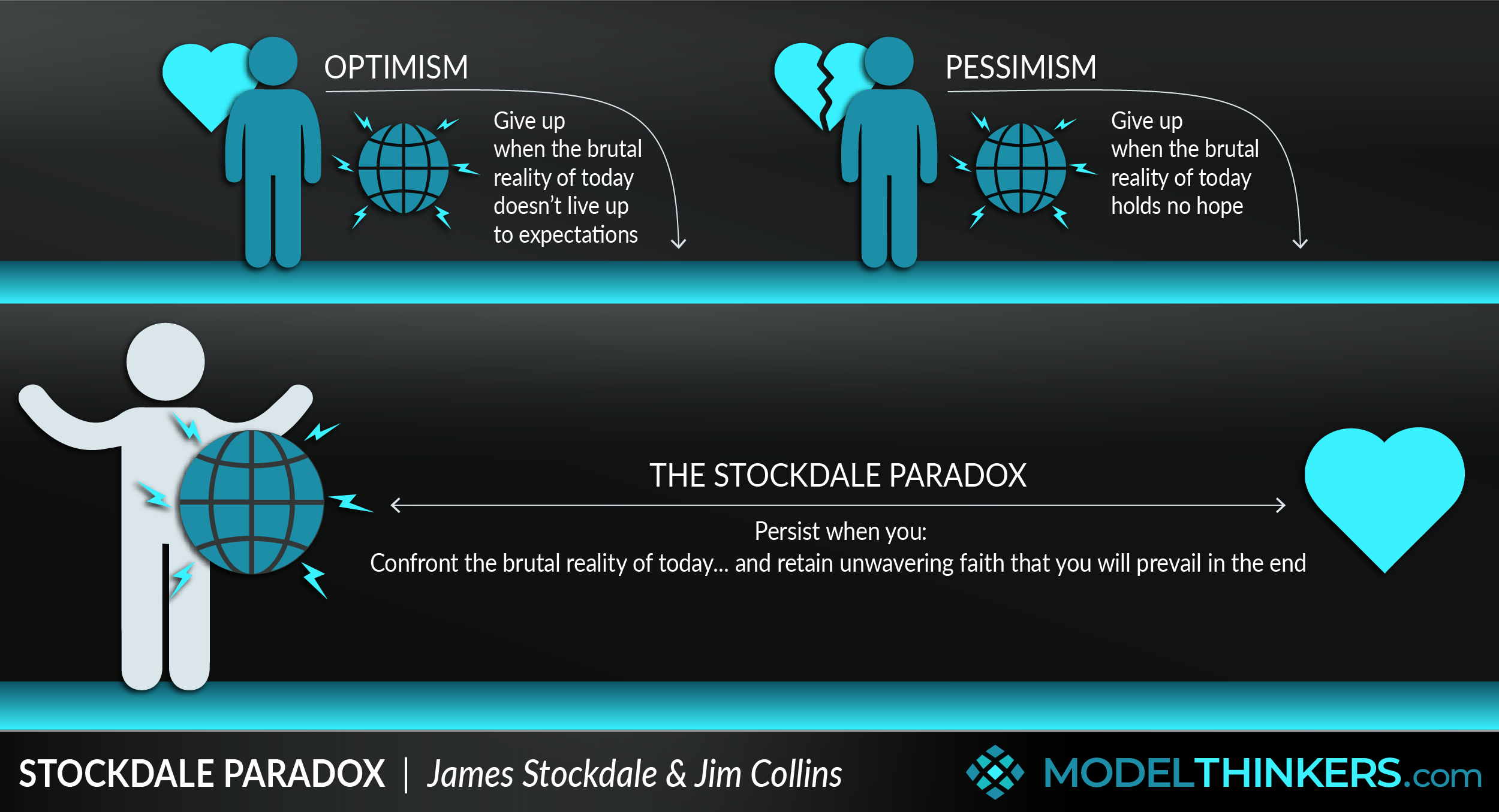
Stop being so optimistic. Support your people with realistic confidence. There will be challenges, there will be problems, and you will make it in the end.
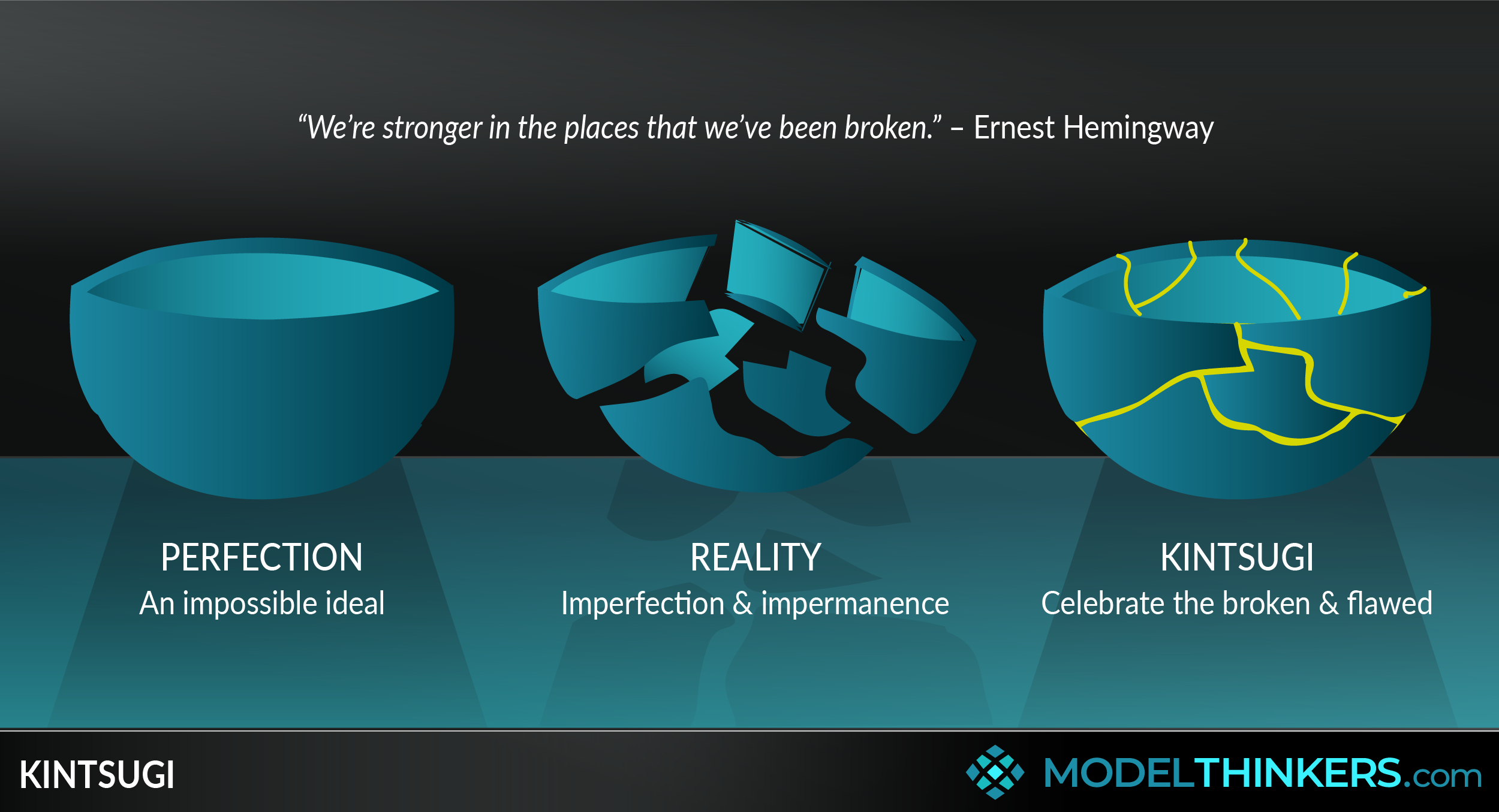
A more philosophical message, but a powerful metaphor for those experiencing rupture and what they've known being broken. It's a reminder of impermanence and imperfection that might support some through change.

Rather than focusing on the big change, identify your first domino. Which action will create a Chain Reaction and momentum for change?
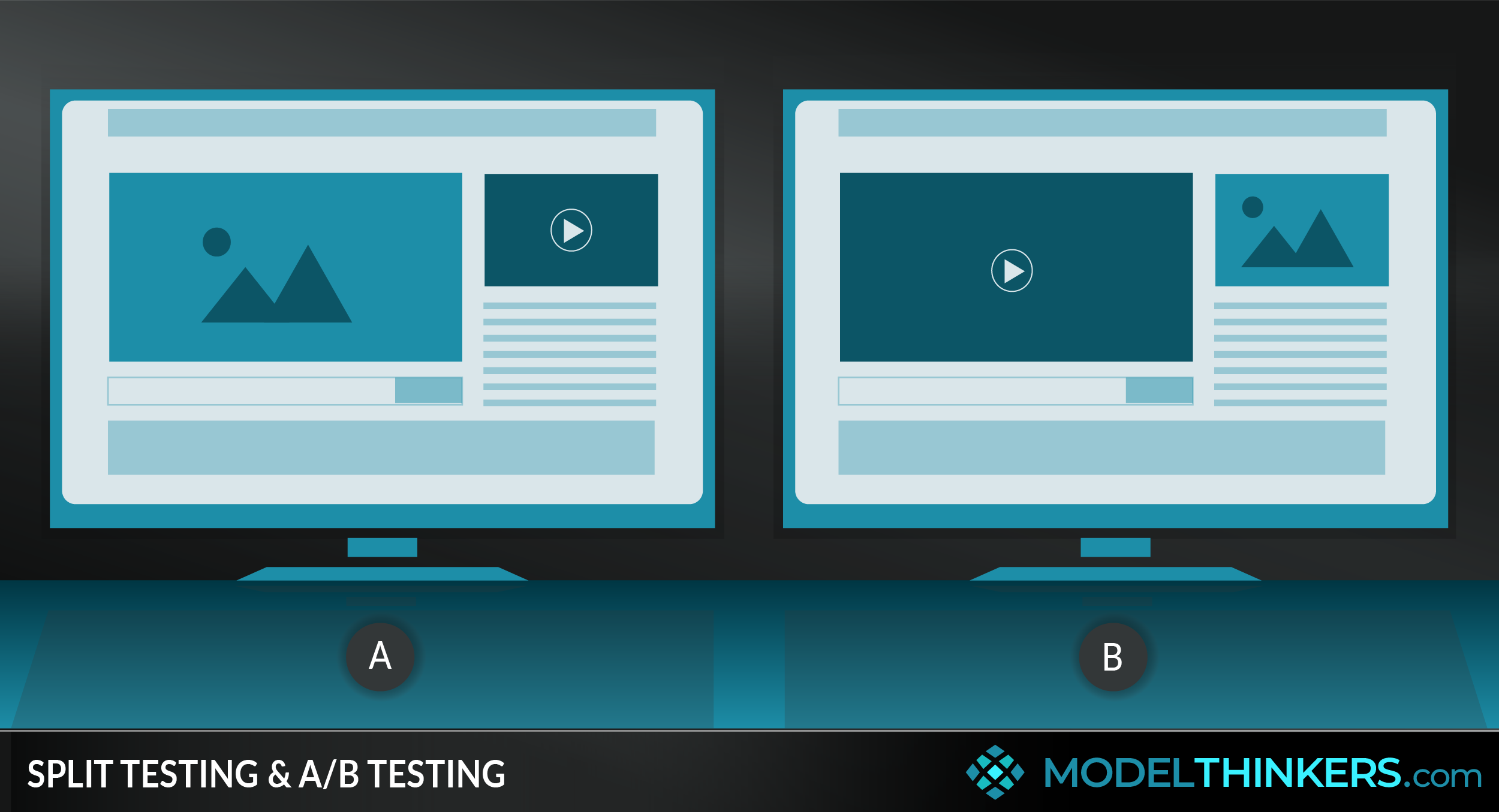
Want to convince people of the benefits of change? Try running a Split Test and capture metrics to help with your narrative: "People who did x, found that y went up by z% compared to those who didn't."
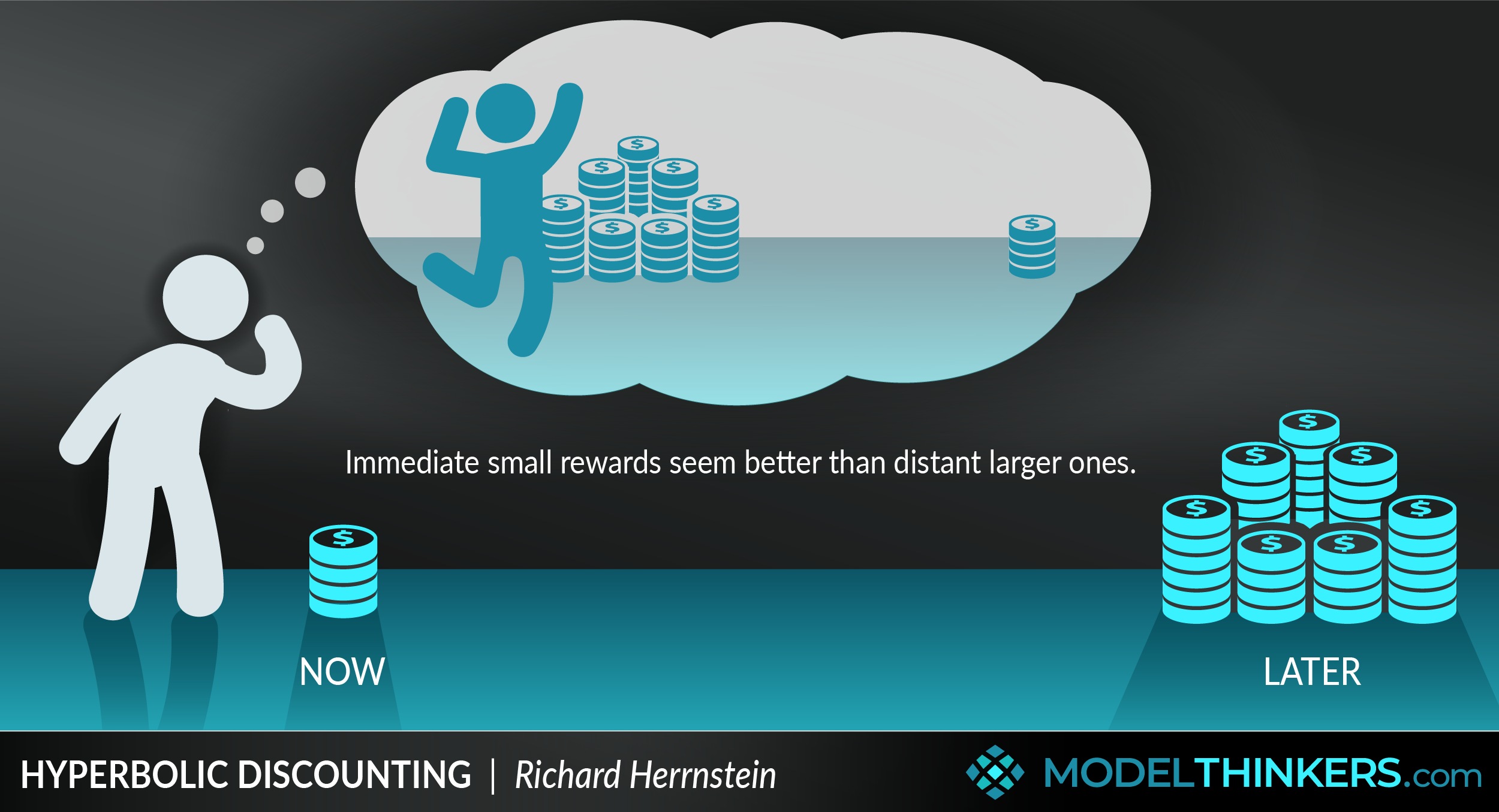

Don't just pitch the distant brilliant payoff. Focus on immediate, albeit small, gains.
ENABLING CHANGE.
Now it's time to empower change.
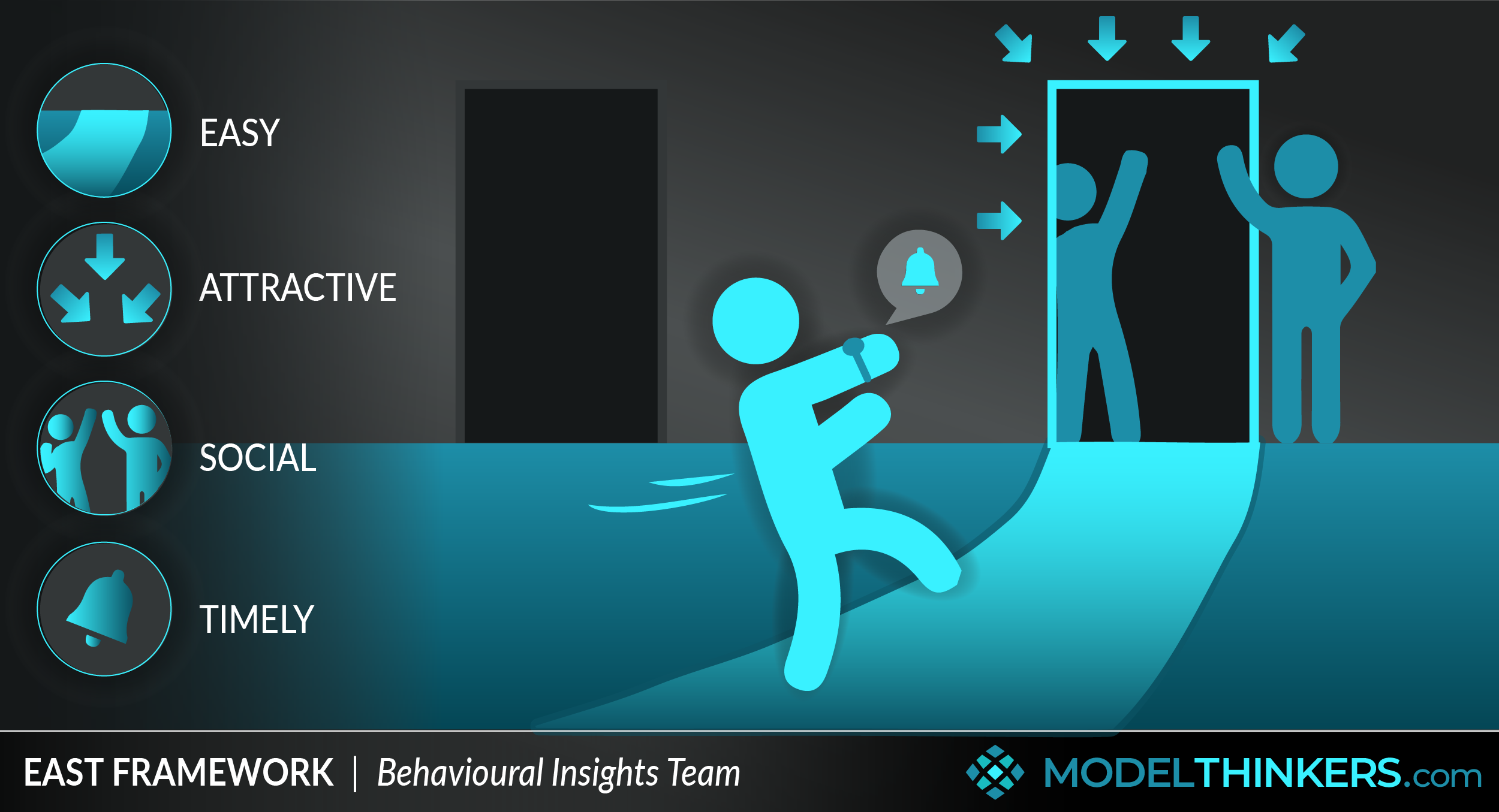
Quit trying to change people and experiment with changing the environment to facilitate transformation. And when you're ready to do that, click into this model.
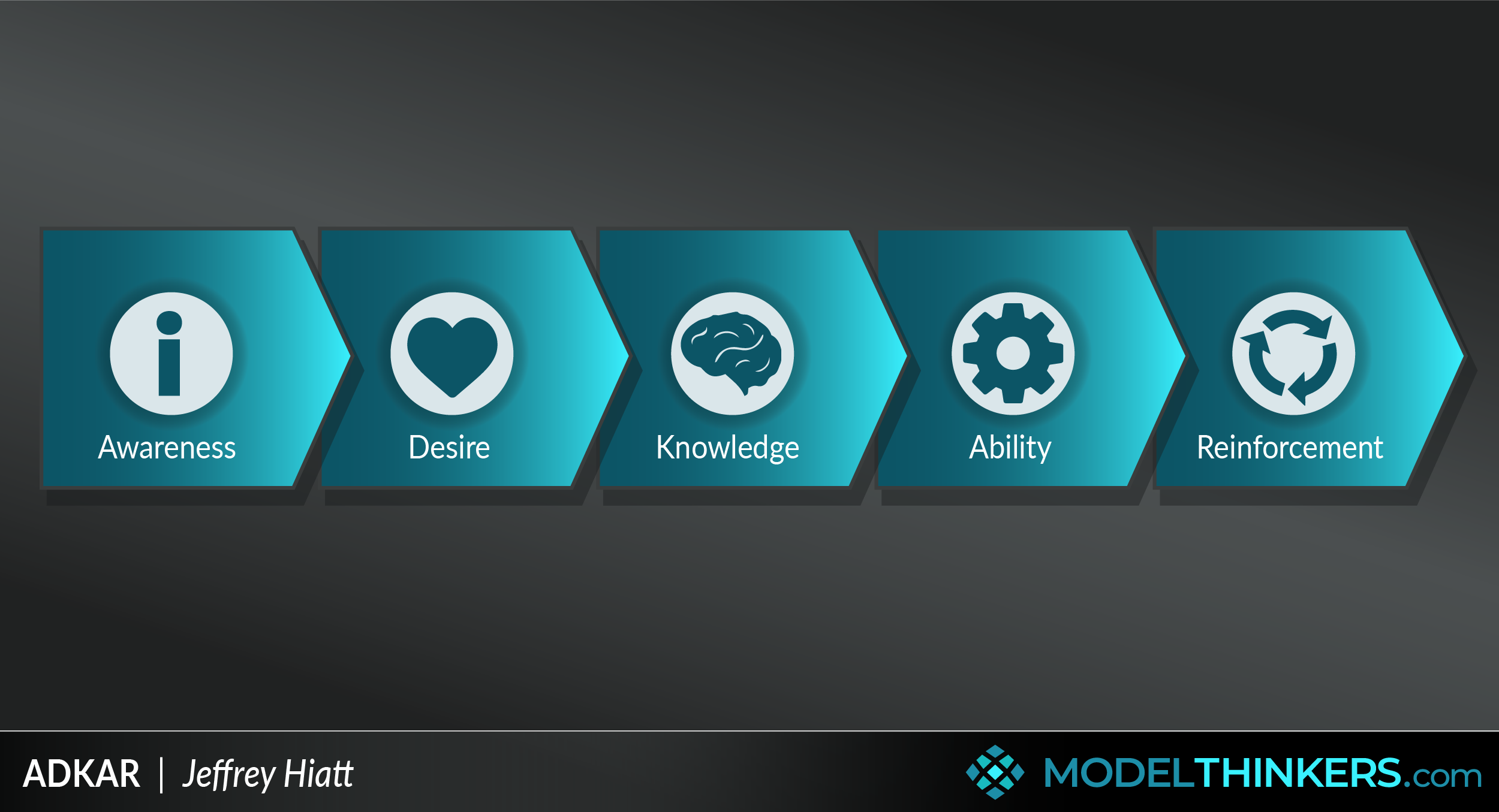
We said this wasn't the normal list of Change Management frameworks, but felt obligated to include at least one of them.
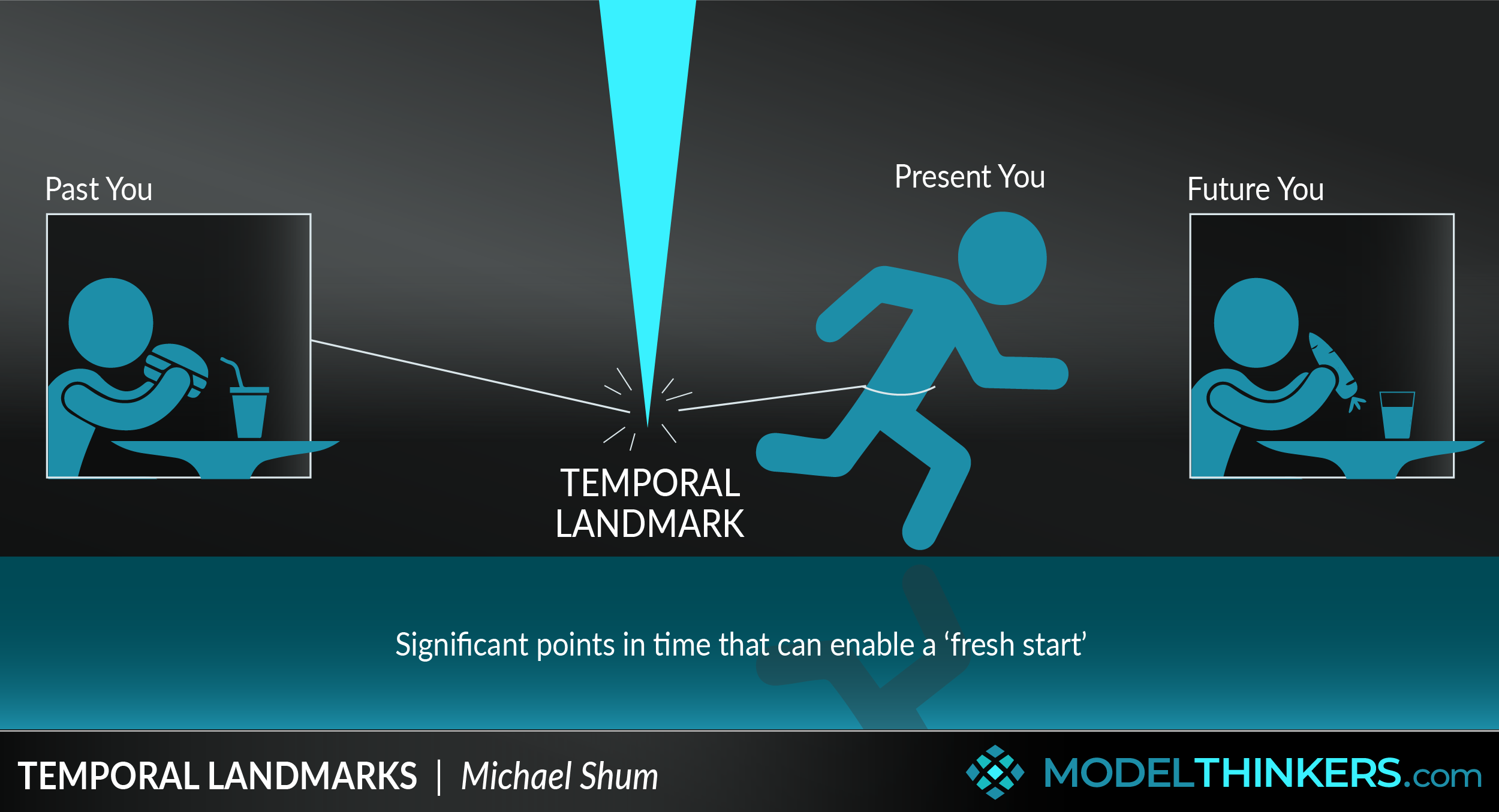
Time your change initiative to take advantage of Temporal Landmarks — click into the model for more.
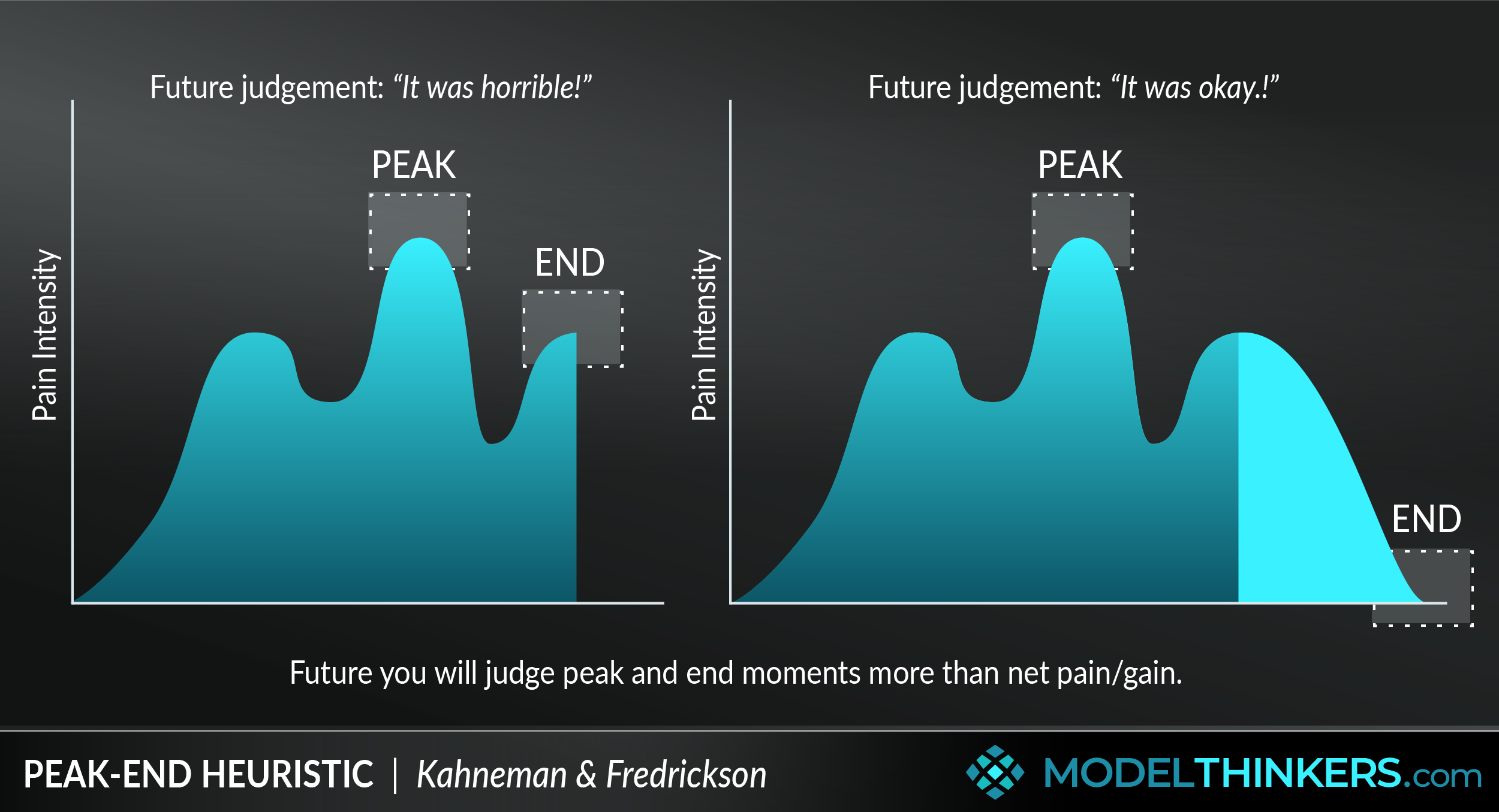
Worried about how people will feel after the change? Then remember this model — if it works for colonoscopies, it will work for your project. Click through to the summary to find out more.
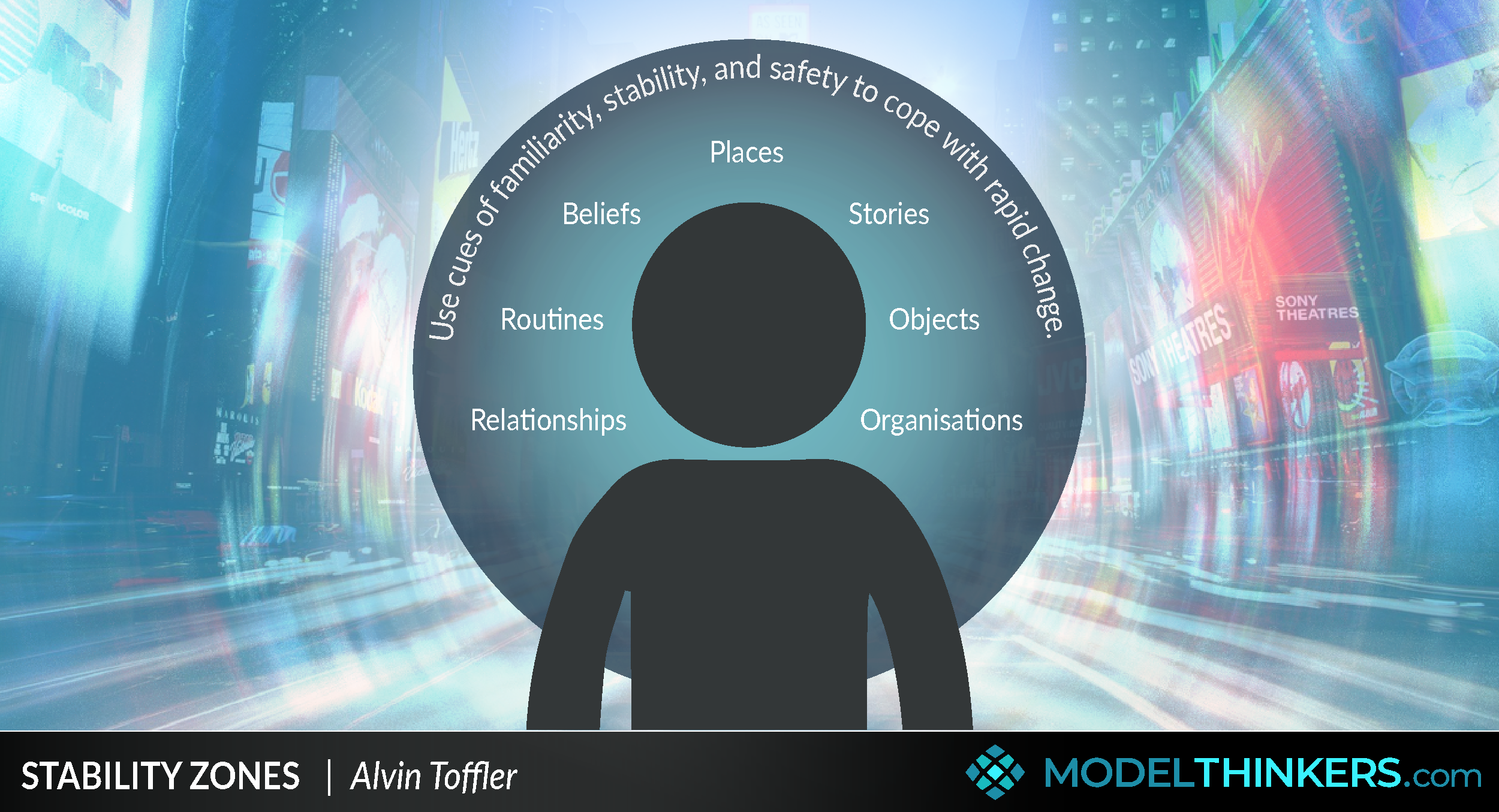
Rather than just focusing on the change, be sure to also draw attention to what is stable and consistent.

You don't have to change everything or everyone, you just have to focus on changing enough to get to a Tipping Point. Click into this model to discover the % of people you have to impact based on a range of studies.
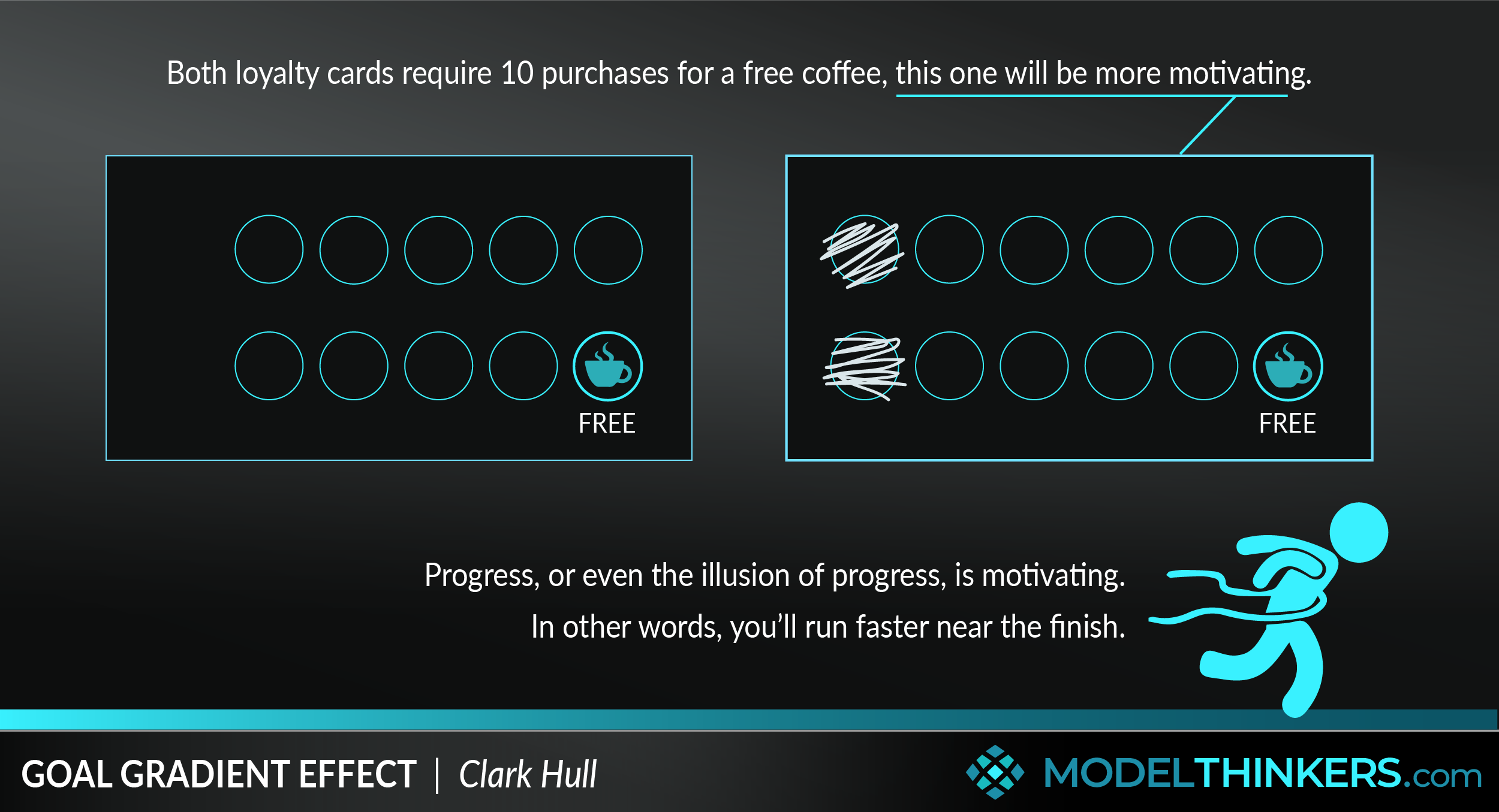

Understand that progress drives motivation, and think about how to give people a head start to create momentum for change.
Premium content
Please do login or sign up to see premium contect
Subscription expired!
Please renew your subscription to access this feature.
 My Notes
My Notes
Delete note
Nothing here yet. Join ModelThinkers and login to be the first to comment.






















